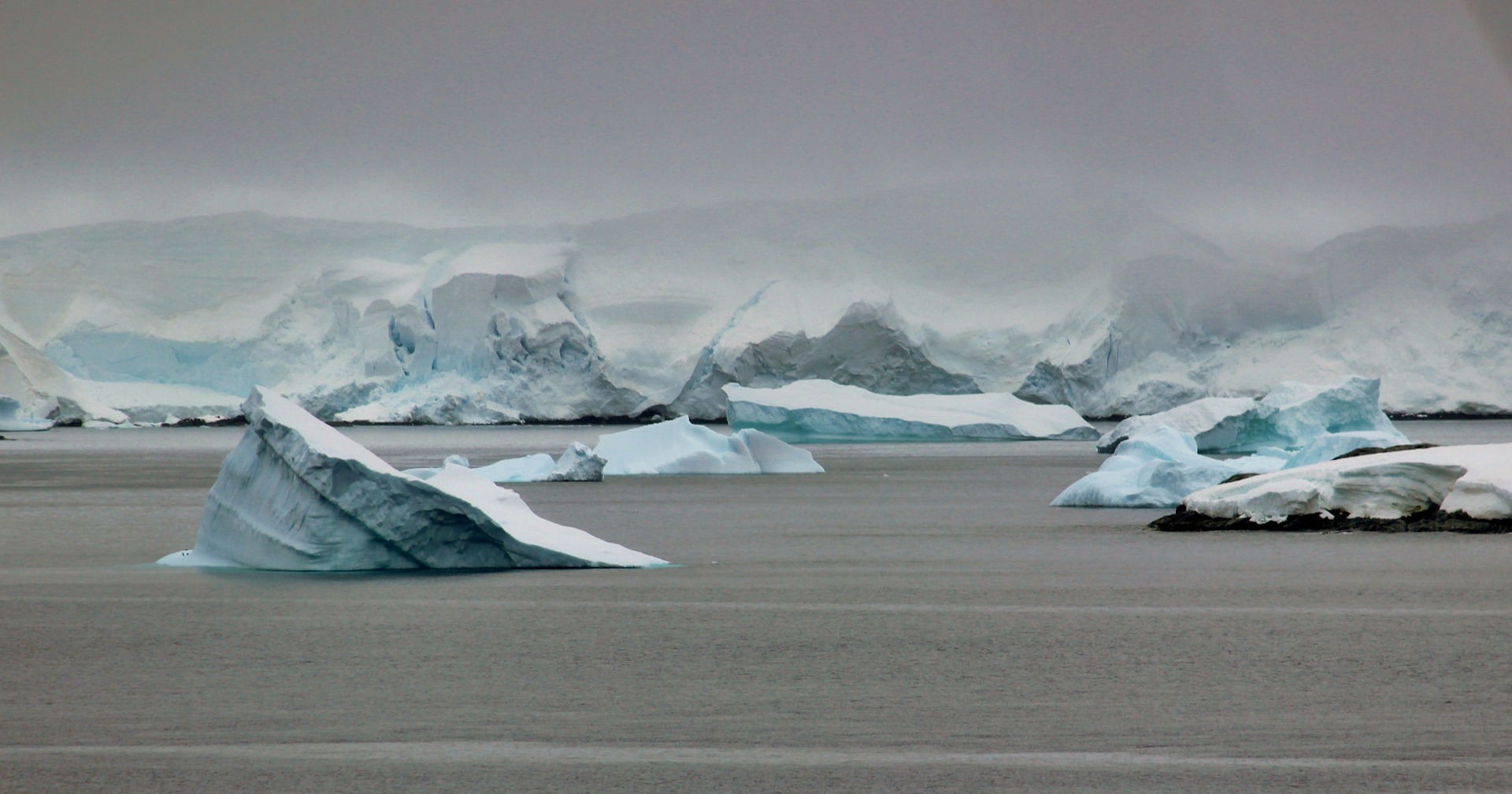
The Amery Ice Shelf in Antarctica has produced its biggest iceberg in over 50 years, weighing approximately 315 billion tons.
Dubbed D28, the iceberg, which broke off from the Amery Ice Shelf, has an area of 1,636 square kilometers. Thee massive size of the iceberg means that it needs to be monitored and tracked to prevent it from becoming a hazard to shipping in the future.
Amery, which is the third largest ice shelf in Antarctice, serves as a key drainage channel for the east of the continent. It hasn't produced a larger iceberg since the early 1960s when it created an iceberg that was 9,000 square kilometers in area.
Since the ice shelf in essence is the floating extension of a number of glaciers that flow off the land into the sea, ice bergs breaking off into the ocean is how equilibrium is maintained in these ice streams, which in turn balances the input of snow upstream.
With this rationale, scientists have projected the calving event in the past. The segment of the Amery where the D28 broke off is referred to as "Loose Tooth" becasue of its resemblance in satellite images to the dentition of a small child.
Professor Amanda Fricker from the Scripps Institution of Oceanography said: "It is the molar compared to a baby tooth. I am excited to see this calving event after all these years. We knew it would happen eventually, but just to keep us all on our toes, it is not exactly where we expected it to be." Back in 2002, Fricker predicted that the Loose Tooth would break off some time between 2010 and 2015.
Fricker pointed out that the phenomenon cannot be linked to climate change since satellite data since the 1990s has shown that Amery is roughly in balance with its surroundings. She added: "While there is much to be concerned about in Antarctica, there is no cause for alarm yet for this particular ice shelf."






